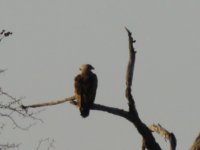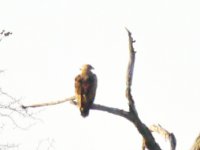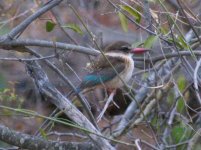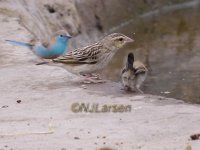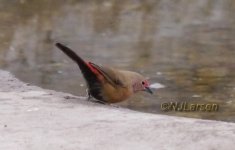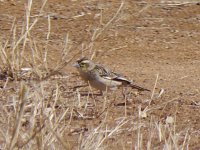
Dear all,
thanks for the help on the previous threads.
1 and 2 are the same raptor, and most likely too far away; inside Kruger NP
3 I believe this kingfisher is Brown-headed (and not as I initially thought striped); but what about the dark tip to the bill
4 I am still thoroughly confused with weavers and allies
5 Is this African Firefinch?
thanks
Niels
thanks for the help on the previous threads.
1 and 2 are the same raptor, and most likely too far away; inside Kruger NP
3 I believe this kingfisher is Brown-headed (and not as I initially thought striped); but what about the dark tip to the bill
4 I am still thoroughly confused with weavers and allies
5 Is this African Firefinch?
thanks
Niels




